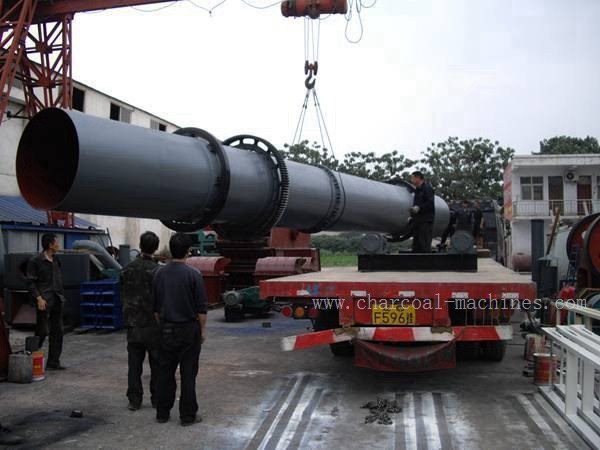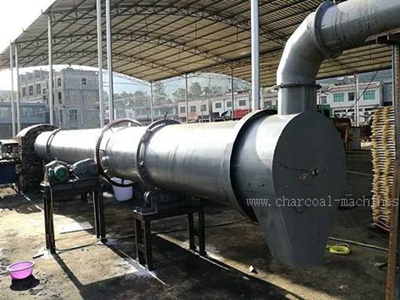Tumble dryer features
1. Large processing capacity and low drying cost.
The processing capacity is large and the thermal efficiency is high. When drying unbound water, the thermal efficiency can reach 60%, the drying strength is large, the drying area is large, and the drying cost is low.
2. The high degree of automation and high work efficiency.
The intelligent electronic control system can be configured with different drying temperatures and times according to drying requirements to achieve drying automation. This saves manpower and material resources and thus increases efficiency.
3. High drying strength and high efficiency.
The lifting device with the screen is provided with a cooling layer and a vibration conveying device, and the discharging temperature is low, which facilitates timely packaging; the thickness of the material layer is steplessly adjusted.
4. Advanced structure and strong drying ability
The new internal structure strengthens the cleaning and heat conduction of the dispersed materials, eliminates the sticking phenomenon of the inner wall of the cylinder, and is more adaptable to the moisture and viscosity of the material.


Tumble dryer – the scope of application
1. Chemical, miner, metallurgical and other industries, such as ore, slag, coal, metal powder, clay, quartz sand diatomaceous earth, kaolin.
2. Agriculture, feed, fertilizer industry, such as straw, pasture, leaves, fish meal, corn sauce, starch residue, distiller’s grains, dregs, pomace, soy sauce residue, bagasse, peat, organic compound fertilizer, sludge, aquatic product waste , food factory waste, slaughterhouse waste, organic fertilizer, inorganic fertilizer, phosphorus fertilizer ammonium sulfate.
3. Dry the powdery or granular materials with special requirements. Such as various crystals, light calcium carbonate, activated clay, magnetic powder, graphite, inorganic mud, clay, lime slurry, ore mud, phosphate slag, aluminum plant red mud.
4. Requires low-temperature drying and requires large quantities of continuously dried materials.
